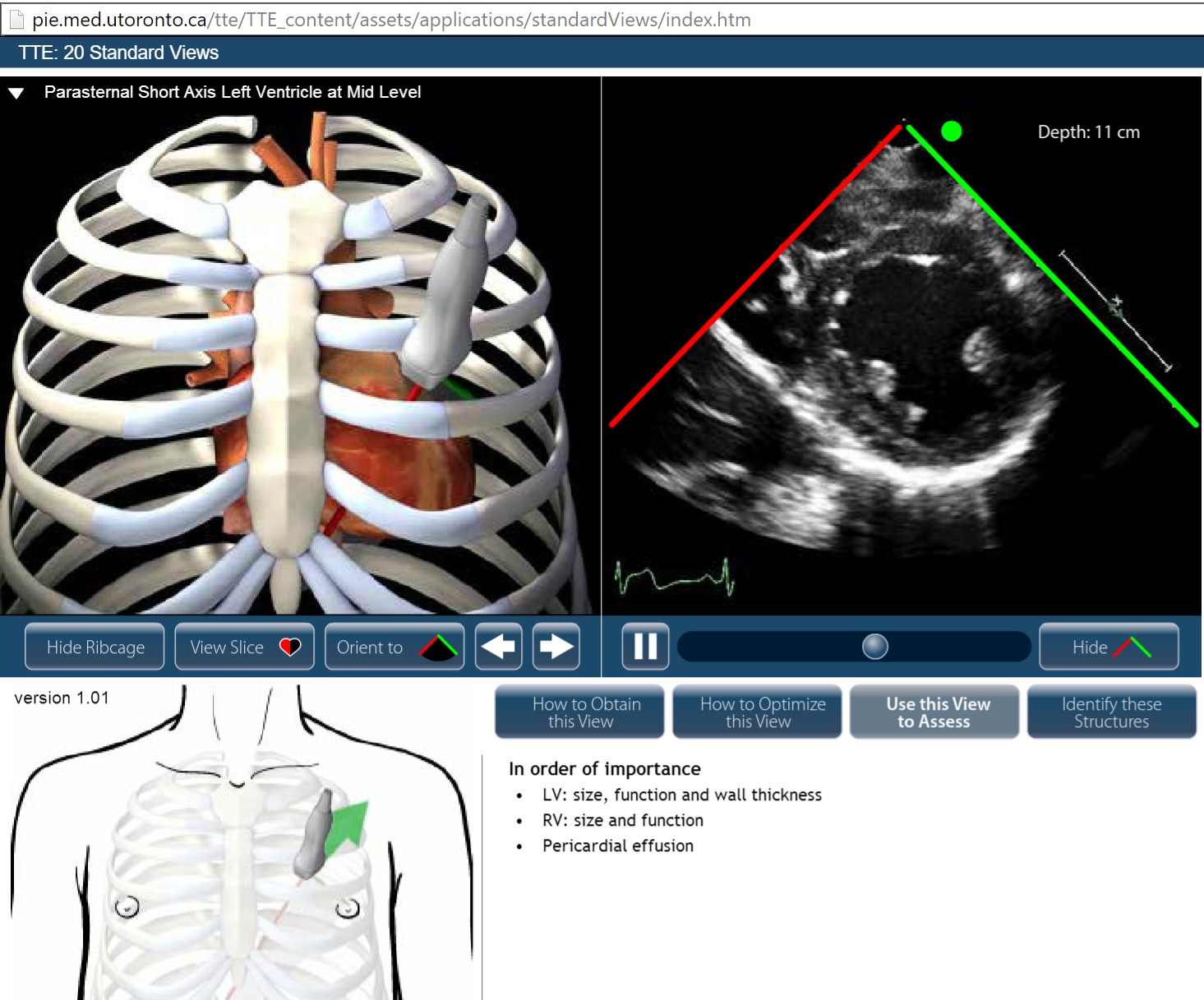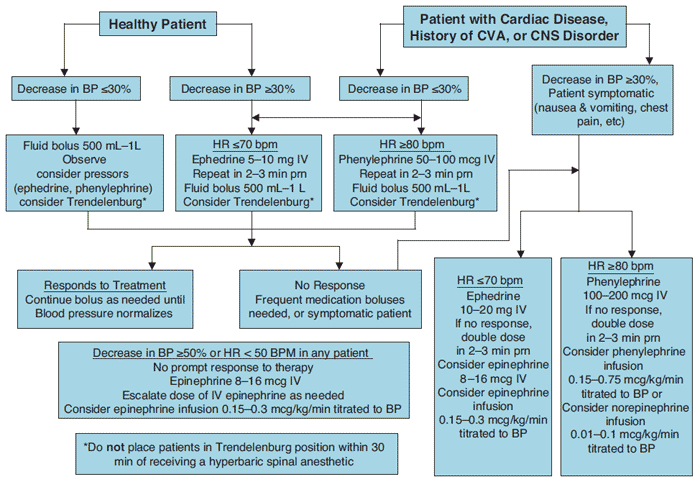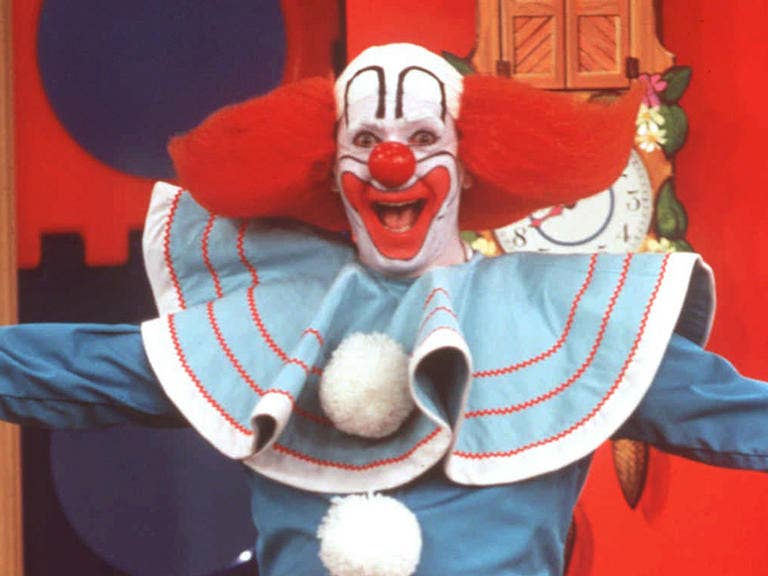- Joined
- Aug 19, 2006
- Messages
- 2,388
- Reaction score
- 1,147
So not my case.... But confusing picture so I thought I'd pick everyone's brain. 40-50 year old pt history of anxiety and HTN on ace inhibitor, obesity. Has had syncope with IV placement before.
Case is lap converted to open colon resection for recital prolapse. Case uneventful. At end of case partner places spinal w 11mg bupi and 200 mcg duramorph. Shortly after pt Brady to low 40s hypotensive desat to mid 80s requiring significant pressor support. Hugely diaphoretic. Altered sensorium -- almost like post ictal. Resecure airway. Lines. B/l breath sounds no arrhythmia - Pt stabilizes and is extubated - sat'ing great on non rebreather aox3 but anxious with continued diaphoresis and low normal BPs wo support. Anaphylaxis? But prior morphine wo problems... Albeit not IT. PE? But sats return perfect. Just the worst vasovagal rxn ever?
Case is lap converted to open colon resection for recital prolapse. Case uneventful. At end of case partner places spinal w 11mg bupi and 200 mcg duramorph. Shortly after pt Brady to low 40s hypotensive desat to mid 80s requiring significant pressor support. Hugely diaphoretic. Altered sensorium -- almost like post ictal. Resecure airway. Lines. B/l breath sounds no arrhythmia - Pt stabilizes and is extubated - sat'ing great on non rebreather aox3 but anxious with continued diaphoresis and low normal BPs wo support. Anaphylaxis? But prior morphine wo problems... Albeit not IT. PE? But sats return perfect. Just the worst vasovagal rxn ever?




